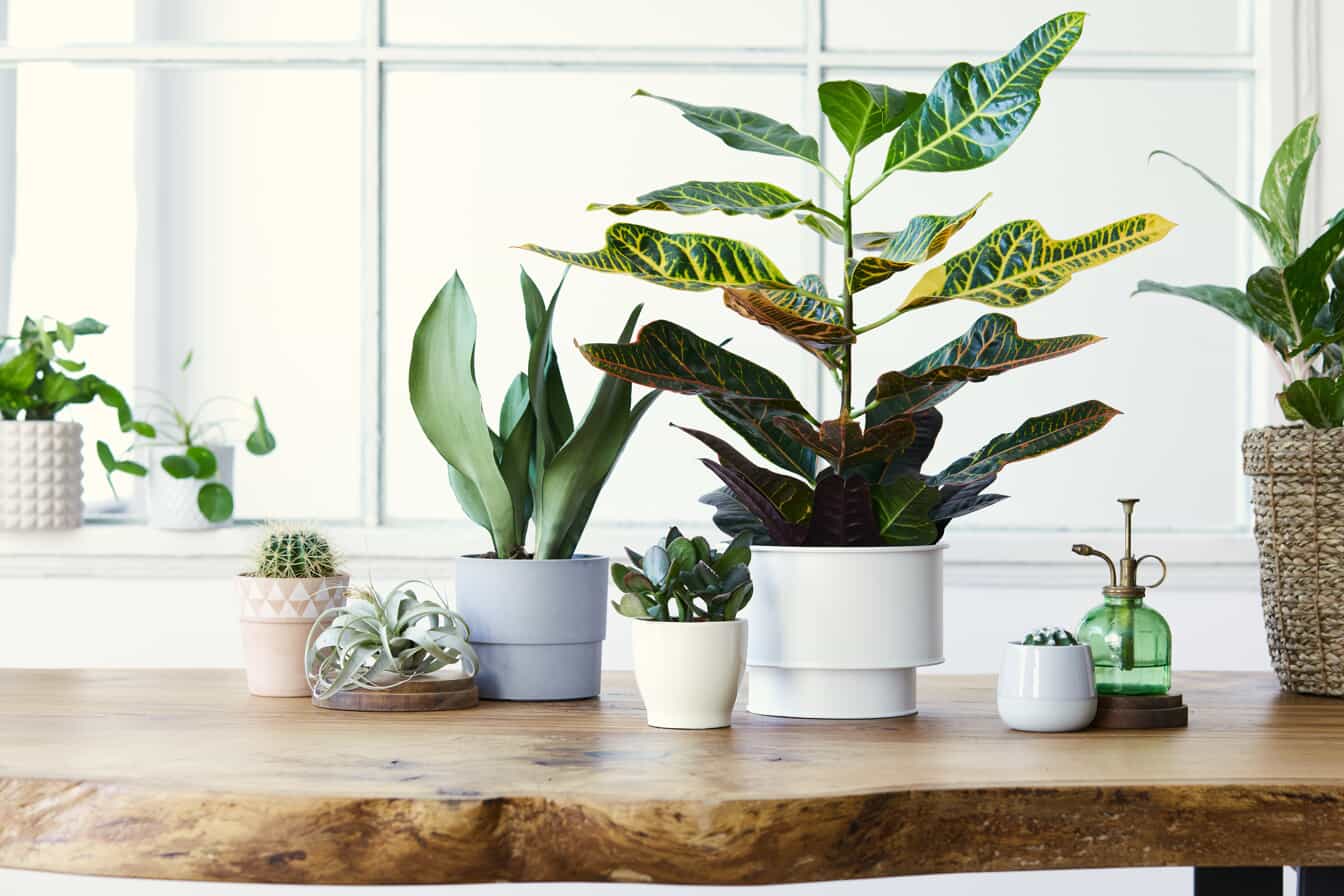A Guide to Cleaning Mold with Vinegar
Mold isn’t always bad. After all, without mold, we wouldn’t have penicillin and other antibiotics, mushrooms, or many varieties of cheese. But the mold you might find growing in your home isn’t usually the good kind. In fact, it’s often the kind that triggers respiratory problems such as asthma and allergies or even causes serious illness. Mold thrives in warm, dark, damp environments, so places like the shower, dishwasher, and washing machine can see mold growth from time to time.
While a significant mold infestation is best handled by a professional restoration company, you have a powerful weapon against occasional mold growth in your kitchen cupboard: white vinegar. This humble household staple can kill more than 80% of mold species, including hazardous black mold. In fact, it’s more effective than bleach, which only kills surface mold and can actually make matters worse. Follow along as our cleaning experts from Merry Maids® explain how to kill mold with vinegar and keep it from coming back.
Using White Distilled Vinegar to Kill Mold
White vinegar is most commonly found with 5% acidity and works best undiluted, so don’t worry about mixing it with water first. However, because it is a mild acid, avoid using vinegar on aluminum, cast iron, waxed wood, or natural stone, as it may damage or cause etching in the finish.
Before you begin, gather the supplies you’ll need:
White vinegar
Empty spray bottle
Baking soda
Scrub brush or scouring pad
Mask, gloves, and goggles
Step 1: Protect Yourself
Direct contact with mold can be dangerous, especially if any spores become airborne during the cleaning process. Additionally, vinegar’s acidic nature can be irritating to the skin. For safety’s sake, wear non-porous gloves, goggles or safety glasses, and a mask that covers your mouth and nose.
Step 2: Apply the Vinegar
Pour enough undiluted white vinegar into the empty spray bottle to cover the area of mold growth. Spray the mold directly, fully saturating it with the vinegar, and allow the vinegar to sit for at least an hour. Don’t be tempted to scrub or rinse; the mold needs time to completely absorb the vinegar.
Step 3: Create a Baking Soda Scrub
After an hour or more, you can use a baking soda solution to scrub away any remaining mold and stains. Add a teaspoon of baking soda and two cups of water to an empty spray bottle (if you don’t have an extra spray bottle, pour out any leftover vinegar and use that one). Shake vigorously until thoroughly combined.
Step 4: Scrub Away Remaining Mold
Spray the baking soda solution directly onto the mold and any mold stains and scrub with the scrub brush or scouring pad. Baking soda acts as an abrasive agent, helping to dislodge persistent mold and remove stains. After scrubbing, rinse the area with clean warm water. Make sure you are still wearing your protective gear for this step to prevent unnecessary exposure.
Step 5: Finish with a Final Spray
After scrubbing and rinsing the area clean, give the area one last spray of vinegar. Alternatively, if you’re using one spray bottle and still have some baking soda solution left, feel free to spritz that instead. Allow the area to air dry. This last shot will help eradicate any lingering mold and prevent it from growing back. Don’t worry about the strong vinegar odor—it will fade on its own after a couple hours.
Preventing Mold Growth with Vinegar
You don’t have to wait until you spot mold growth to use vinegar against it. For warm, damp areas prone to mold, like the bathroom or laundry room, add vinegar to your cleaning routine to stop an infestation before it starts. Store a spray bottle of vinegar in the bathroom and mist it over the shower stall after taking a shower, or add vinegar to your mopping solution to prevent mold growth on the floor.
Looking for a clean you can see and feel? Reach out to Merry Maids® for an estimate on house cleaning services and take back your time.









.2210140805553.jpg)




